Continuous Cover Forestry Question Time – CCFQT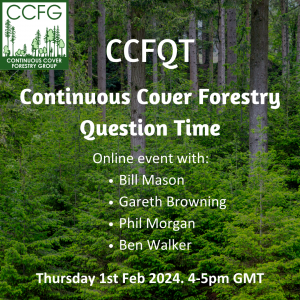
Please join us for our inaugural online CCF question time. Our Chair, Bill Mason, will be joined by a panel of foresters: Phil Morgan, Gareth Browning, and Ben Walker. The panel members will reply to questions about any aspect of CCF. The questions can either be provided in advance or posted during the session.
- Phil Morgan, past chairman of CCFG and president of ProSilva, manages upland transformation and specialises in inventory and CCF training.
- Gareth Browning has looked after the nation’s forests across North and West Cumbria for over 30 years. He has been the driving force behind the development of CCF in a number of forests around Bassenthwaite Lake and is a passionate founding partner in Wild Ennerdale. Gareth has been experimenting with thinning approaches, underplanting and steep ground working. For services to forestry and nature recovery Gareth was honoured with an MBE in the Kings first birthday honours list last year.
- Ben Walker has been working with trees since his first job in a tree nursery aged 14. Since then he has worked for woodland charities, social enterprises and estates, in both practical and management roles. Ben primarily creates and manages CCF woodlands for their environmental and timber resources, and currently is working as the forester for Raincliffe Woods Community Enterprise, alongside engaging in consultancy for estates and the NCFed.
This is an experimental session; if it is successful we may hold more sessions in future.
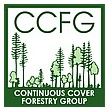


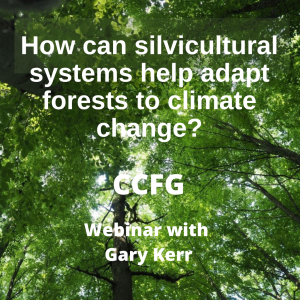 The talk will describe the main silvicultural systems we can use to manage forests and give a personal view about their application in Britain. In addition, the talk will give a summary of a the main risks to forests from climate change, the possible impacts and the evidence base for how the use of continuous cover can help mitigate these risks. Finally, the talk will consider how best to communicate ‘how to do continuous cover’ to new audiences. Along the way Gary will be asking the audience some questions, so have a paper and pen handy and be honest with yourself when the answers are revealed!
The talk will describe the main silvicultural systems we can use to manage forests and give a personal view about their application in Britain. In addition, the talk will give a summary of a the main risks to forests from climate change, the possible impacts and the evidence base for how the use of continuous cover can help mitigate these risks. Finally, the talk will consider how best to communicate ‘how to do continuous cover’ to new audiences. Along the way Gary will be asking the audience some questions, so have a paper and pen handy and be honest with yourself when the answers are revealed!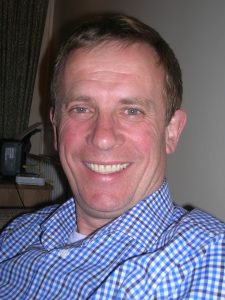 Research until September 23. The main thrust of his work has been applied silvicultural research and this has led to over 50 papers in peer reviewed journals, 16 Forestry Commission publications and over 50 articles in professional publications communicating the results of research. For the last ten years his work has focussed on alternative approaches to management and continuous cover silviculture. He was the Editor-in-Chief of Forestry: An International Journal of Forest Research, published by Oxford University Press for 20 years. After retiring from Forest Research he divides his time between working as the Commissioning Editor for the Quarterly Journal of Forestry, Chairing the Scientific Advisory Board of the European Forest Institute and continuing his association with FR as a Research Fellow.
Research until September 23. The main thrust of his work has been applied silvicultural research and this has led to over 50 papers in peer reviewed journals, 16 Forestry Commission publications and over 50 articles in professional publications communicating the results of research. For the last ten years his work has focussed on alternative approaches to management and continuous cover silviculture. He was the Editor-in-Chief of Forestry: An International Journal of Forest Research, published by Oxford University Press for 20 years. After retiring from Forest Research he divides his time between working as the Commissioning Editor for the Quarterly Journal of Forestry, Chairing the Scientific Advisory Board of the European Forest Institute and continuing his association with FR as a Research Fellow.
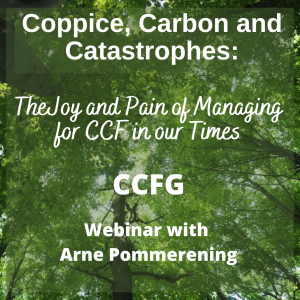 Continuous Cover Forestry (CCF), i.e. forest management based on ecological principles, has been introduced to Ireland and the UK more than twenty years ago. Whilst in the early days identifying simple and robust methods of transforming plantations to woodlands with more complex structures were the primary concern, ongoing climate change and the recent energy crisis have added new challenges of managing for CCF. Many policymakers including the authors of the recent EU forest strategy and of associated recommendations proposed by the European Forest Institute see CCF as a major instrument for mitigating adverse effects of climate change. In this context, carbon forestry has become a major buzzword and a research field in its own right, however, it is still largely unknown how exactly existing woodlands should be managed for optimising carbon sequestration. Questions like “Is carbon forestry part of or a concept separate from CCF?” or “Can carbon forestry be carried out along with other management objectives or is a special focus required?” are hotly debated. Ongoing climate change and all its localised realisations such as spontaneous gales, droughts, floods and insect calamities can always bring the sudden end to any CCF woodland that we have transformed for many years with great effort. In that situation we may be left with little more than bare ground and methods are needed to establish new CCF
Continuous Cover Forestry (CCF), i.e. forest management based on ecological principles, has been introduced to Ireland and the UK more than twenty years ago. Whilst in the early days identifying simple and robust methods of transforming plantations to woodlands with more complex structures were the primary concern, ongoing climate change and the recent energy crisis have added new challenges of managing for CCF. Many policymakers including the authors of the recent EU forest strategy and of associated recommendations proposed by the European Forest Institute see CCF as a major instrument for mitigating adverse effects of climate change. In this context, carbon forestry has become a major buzzword and a research field in its own right, however, it is still largely unknown how exactly existing woodlands should be managed for optimising carbon sequestration. Questions like “Is carbon forestry part of or a concept separate from CCF?” or “Can carbon forestry be carried out along with other management objectives or is a special focus required?” are hotly debated. Ongoing climate change and all its localised realisations such as spontaneous gales, droughts, floods and insect calamities can always bring the sudden end to any CCF woodland that we have transformed for many years with great effort. In that situation we may be left with little more than bare ground and methods are needed to establish new CCF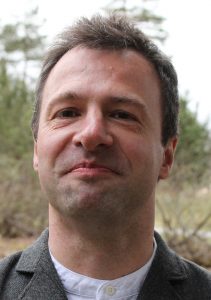 woodlands from scratch. CCF from scratch may also include the use of coppice systems, particularly the use of coppice with standards and coppice selection systems. Such system can contribute to satisfying the current demand for sustainable energy whilst creating diverse habitats and providing high-quality timber at the same time.
woodlands from scratch. CCF from scratch may also include the use of coppice systems, particularly the use of coppice with standards and coppice selection systems. Such system can contribute to satisfying the current demand for sustainable energy whilst creating diverse habitats and providing high-quality timber at the same time.




